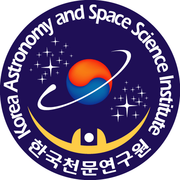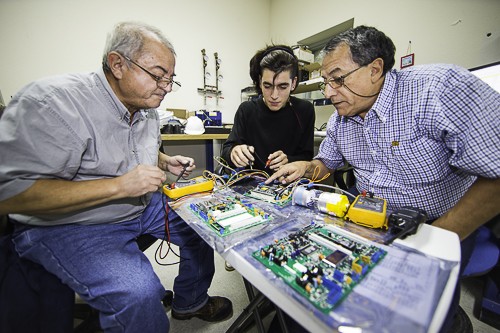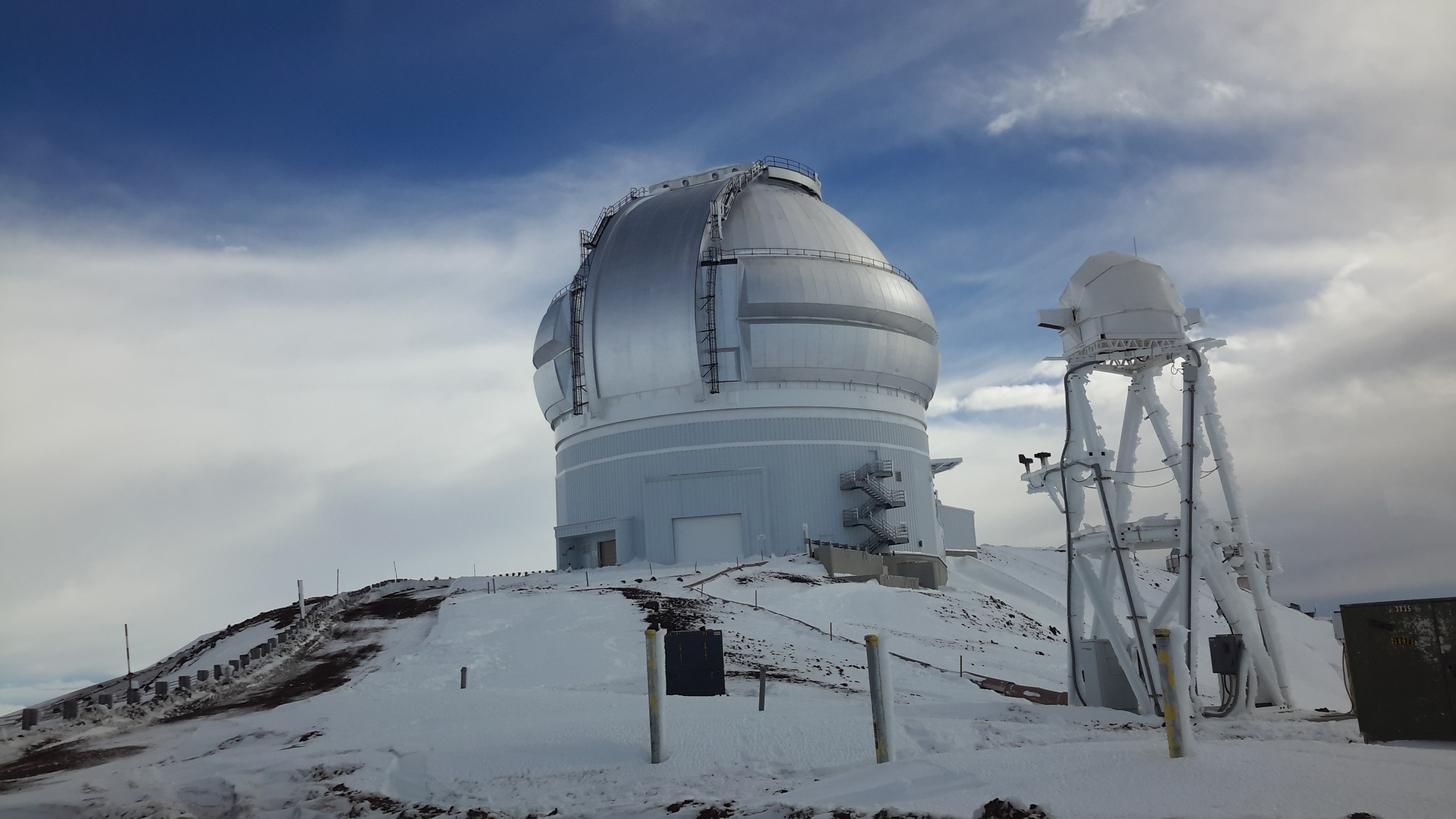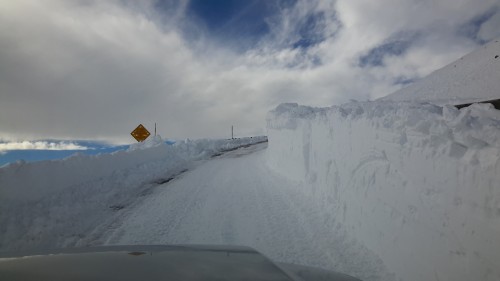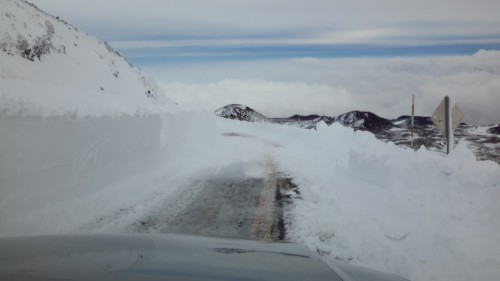- Date: 18 Mar 2015
- Comments: (0)
- Categories: For Everyone, Human Interest
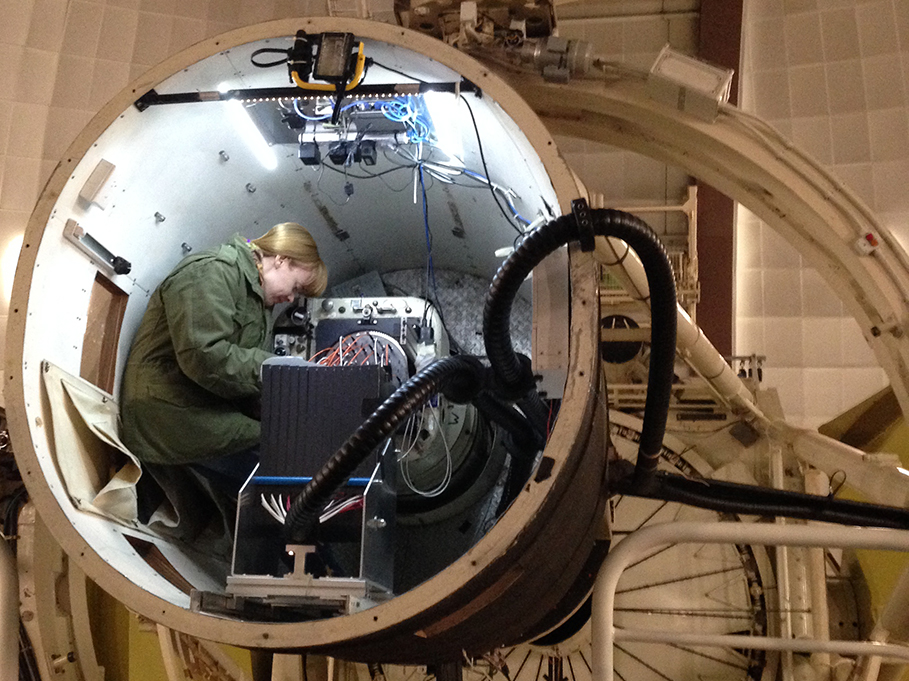
Dr. Sarah Sweet (installing a plate for the SAMI Galaxy Survey at the Anglo-Australian Telescope), used the Gemini Multi-conjugate adaptive optics system (GeMS) to obtain data on one of the most massive clusters ever found.
Bring One, Get One Continues!
Gemini is helping Australian scientists study the secrets of the early universe through our “Bring One, Get One” support program. Dr. Sarah Sweet, an early Career Researcher from Australian National University, is one of many “BOGOs” who’ve taken advantage of this program by observing as part of team at the Gemini South telescope.
Her project is part of the Gemini South Adaptive Optics Instrument (GSAOI) Guaranteed Time Program 2014-B, led by principal investigator Dr. Robert Sharp, from the Research School of Astronomy & Astrophysics of the Australian National University.
Using GeMS/GSAOI Sarah Sweet acquired deep Adaptive Optics (AO) imaging on the SPT-CL J0546-5345 galaxy cluster, one of the most-massive galaxy clusters ever found in the early universe. The galaxy cluster is some 7 billion light years distant from earth, and discovered at the South Pole Telescope in 2008.
To know more about Dr. Sweet work, visit sarahsweet.com.au
Here are some previous Bring One, Get One visitors at Gemini North and South.
Rosemary Pike
//
Johanna Teske
//

